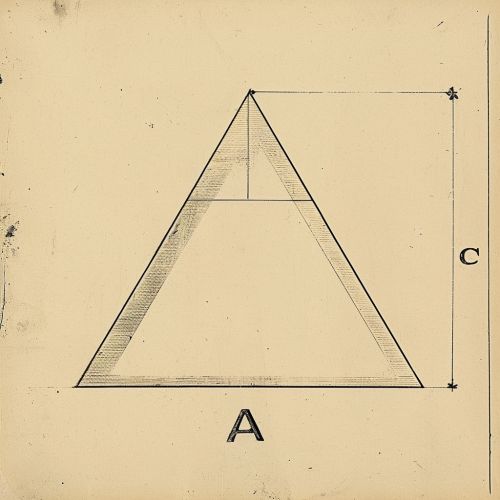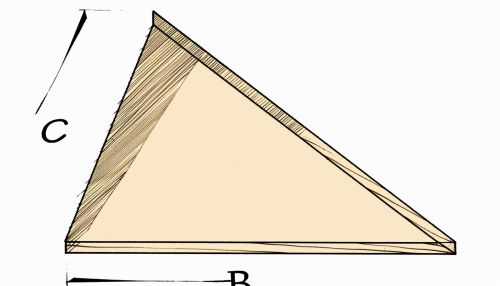Pythagorean theorem
Introduction
The Pythagorean theorem, named after the ancient Greek mathematician Pythagoras, is a fundamental principle in Euclidean geometry. It states that in a right-angled triangle, the square of the length of the hypotenuse (the side opposite the right angle) is equal to the sum of the squares of the lengths of the other two sides. This theorem can be written as a^2 + b^2 = c^2, where c represents the length of the hypotenuse, and a and b represent the lengths of the other two sides.


Historical Background
The Pythagorean theorem is one of the earliest known theorems to ancient civilizations. Although it is named after Pythagoras, it was known to the Babylonians, the Chinese, and the Indians long before Pythagoras was born. However, the first recorded proof of the theorem is attributed to Pythagoras and his followers, the Pythagoreans.
Mathematical Explanation
The Pythagorean theorem is a relation in Euclidean geometry among the three sides of a right triangle. It states that the square of the length of the hypotenuse (the side opposite the right angle) is equal to the sum of the squares of the lengths of the other two sides. This can be written as a^2 + b^2 = c^2, where c represents the length of the hypotenuse, and a and b represent the lengths of the other two sides.
Proofs
There are many ways to prove the Pythagorean theorem. Some of the most famous proofs include the proof by rearrangement, the proof by similarity, and the proof by algebra. Each of these proofs uses different mathematical concepts and techniques, but they all ultimately demonstrate the same fundamental truth: in a right-angled triangle, the square of the length of the hypotenuse is equal to the sum of the squares of the lengths of the other two sides.
Applications
The Pythagorean theorem has many practical applications in various fields such as physics, engineering, computer science, and architecture. For example, in physics, it is used to calculate the distance between two points in a three-dimensional space. In computer science, it is used in algorithms for calculating distances between points in a grid. In architecture, it is used to ensure that structures are built with right angles.
Generalizations and Extensions
The Pythagorean theorem can be generalized and extended in various ways. For example, it can be extended to three dimensions, resulting in the Pythagorean theorem in three dimensions. It can also be generalized to non-Euclidean geometries, such as spherical and hyperbolic geometry.
See Also
References
1. Euclid's Elements, Book I, Proposition 47. 2. Loomis, Elisha Scott (1940). The Pythagorean Proposition. National Council of Teachers of Mathematics. 3. Maor, Eli (2007). The Pythagorean Theorem: A 4,000-Year History. Princeton University Press.
